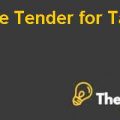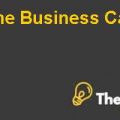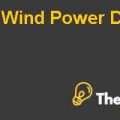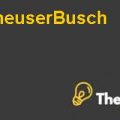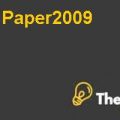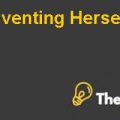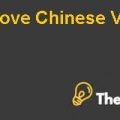
Answer to question no.1:
Dakota office products are selling products like pen, pencils and markets. The company uses the traditional method of costing for its products. The company’s existing price structure is that the company adds markup to the cost of the product. The mark up that is used by the company is 15% to incorporate the warehouse, distribution and freight. The price is again marked up to meet the expenses incurred for general and selling and then an allowance for profit is added to the cost of the product and the price is then set for the product.
These markups being used are not calculated on the basis of the current expenses incurred while operations, these markups are based on the basis of the expenses incurred last year. However, there was an additional markup for the desktop delivery.
The system of accounting for the cost of the product is inefficient as the company is not up to date about the possible cost drivers of the product. The possible costs that are incurred in the event of sale are still unidentified. The company needs to review the possible cost centers of the product so that the cost can be measured reliably. The costs then can be allocated accordingly to the manual orders and the desktop orders depending on the quantum of the orders placed by the customer.
Answer to question no 2:
|
ACTIVITY COST BASED SYSTEM AMOUNTS |
||||||
| Particulars |
Freights |
Ware house rents and depreciation |
Ware house personnel |
Delivery truck expenses |
Order entry expenses |
Totals |
| Shipping cartons |
$ 450,000 |
$ - |
$ - |
$ - |
$ - |
$ 450,000 |
| Process cartons |
$ - |
$ 2,000,000 |
$ 2,160,000 |
$ - |
$ - |
$ 4,160,000 |
| Desktop delivery |
$ - |
$ - |
$ 240,000 |
$ 200,000 |
$ - |
$ 440,000 |
| Process manual customer orders |
$ - |
$ - |
$ - |
$ - |
$ 160,000 |
$ 160,000 |
| Enter items ordered (manual) |
$ - |
$ - |
$ - |
$ - |
$ 600,000 |
$ 600,000 |
| Process EdI orders |
$ - |
$ - |
$ - |
$ - |
$ 40,000 |
$ 40,000 |
| Totals |
$ 450,000 |
$ 2,000,000 |
$ 2,400,000 |
$ 200,000 |
$ 800,000 |
$ 5,850,000 |
|
ACTIVITY COST DRIVER RATE |
||||||
| Particulars |
Freights |
Ware house rents and depreciation |
Ware house personnel |
Delivery truck expenses |
Order entry expenses |
Totals |
| Shipping cartons |
100% |
0% |
0% |
0% |
0% |
100% |
| Process cartons |
0% |
100% |
90% |
0% |
0% |
190% |
| Desktop delivery |
0% |
0% |
10% |
100% |
0% |
110% |
| Process manual customer orders |
0% |
0% |
0% |
0% |
20% |
20% |
| Enter items ordered (manual) |
0% |
0% |
0% |
0% |
75% |
75% |
| Process EdI orders |
0% |
0% |
0% |
0% |
5% |
5% |
| Totals |
100% |
100% |
100% |
100% |
100% |
500% |
Answer to question no 3
|
CUSTOMER PROFITABILITY |
||||
| Using ABC method |
Customer A |
Customer B |
||
| Particulars |
Amount in $ |
Relative % |
Amount in $ |
Relative % |
| Sales |
$ 103,000 |
121.2% |
$ 104,000 |
122.4% |
| Cost of sales |
$ 85,000 |
100.0% |
$ 85,000 |
100.0% |
| Gross margin |
$ 18,000 |
21.2% |
$ 19,000 |
22.4% |
| Total overheads |
$ 16,846 |
19.8% |
$ 24,158 |
28.4% |
| Income |
$ 1,154 |
1.4% |
$ (5,158) |
-6.0% |
Answer to question no. 4
As the customer A is ordering large amount of small number of orders, therefore the profitability from this customer is higher than the other customer. The profit margin is also set low for the Customer A as his credit does not lasts for more than a month.
The customer B is of the nature who orders small amounts in a large number of orders, which increases the cost of the company by more transportation and handling cost. The customer B is charged higher profit margins than customer A however due to lack of cost analysis within the company.The company is suffering from losses from the sales to the customer B. another drawback of selling products to customer B is that the customer pay backs within 90 days, which increases the cost of company to hold its products and money which ultimately increases the company’s working capital interest on its products.Dakota Office Products Case Solution
Answer to question no 5:
The limitation that the company will face in terms of profitability of the customers is that the products of the company are of such a nature that the company cannot ask for increased prices as the company is working in a competitive market and if the company will be asking for more, then there is a chance that the customer may shift to the competitors in the market.
The increase in profit margin will make the customers switch and any decrease in the profit margins will make the company experience loses.................................
This is just a sample partial case solution. Please place the order on the website to order your own originally done case solution.

